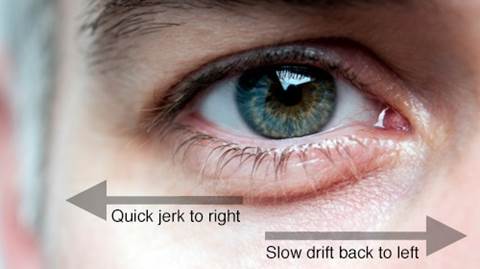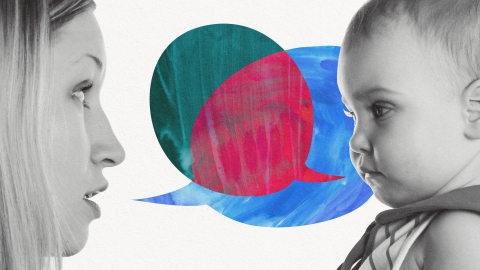
Nystagmus is usually infantile meaning that it affects the person from a very early age. It is a condition in which the eyes involuntarily move from one side to the other, in a swinging motion and rapidly, instead of staying fixed on a person or a person. In some cases the eyes may jerk up and down or sideways even. Out of several thousand children, it could affect around one child, say experts.
There are different types of Nystagmus, including Manifest Nystagmus, Congenital Nystagmus, Manigest-latent Nystagmus, Acquired Nystagmus and Latent Nystagmus.
Manifest Nystagmus and Manifest-latent Nystagmus is a condition that is present continually, however when one eye is covered, it can worsen.
Congenital Nystagmus is present right from the time of birth. The eyes swing like a pendulum or oscillate while they move together.
In the case of Infantile Nystagmus the eyes do not work together necessarily at all times.
Acquired Nystagmus is caused by a side effect of medicines, multiple sclerosis, heady injury, diabetic neuropathy or brain tumor. In rare cases, a flashing light in front of one eye, or hyperventilation, vibrations or nicotine are known to cause Nystagmus. Surgeries or medications may be needed to treat Acquired Nystagmuses.
Latent Nystagmus occurs when one eye is covered.
To adapt to social situations and school work, extra help is necessary while learning, in children suffering from Nystagmus.
Nystagmus may develop early in life and caused by neurological problems almost always unless induced by disease or trauma. Optokinetic (eye related) Nystagmus and Vestibular (inner ear related) Nystagmus are the two types of Nystagmus. ‘Jerk Nystagmus’ is a condition where problems occur in the inner ear. The eyes drift in one direction slowly and then move back in the other direction, in a jerk. Vertigo and nausea develop because of the motion of the eyes. This is a temporary condition usually and occurs in individuals with inner ear disorder or Meniere’s disease. When water settles into one ear it can cause an inner ear disorder called Meniere’s disease. Nystagmus of this type can be cleared sometimes by taking a decongestant. It is difficult for people suffering from Nystagmus to control their eyes. As the person becomes an adult, slight improvement in the condition is seen. However with stress and tiredness, it worsens. Both self concept and vision get affected by Nystagmus. Since the eyes sweep continually, vision limitations of some sort are experienced by most people. In fact the person can be termed as legally blind as vision problems are too many.
Discovering Nystagmus is very easy at a young age. A good eye doctor understands the problem and provides treatment. It must be ensured that vision is corrected to the maximum level possible and contact lenses and eye glasses of the child are always kept up-to-date.
To face Nystagmus related, personal and social challenges, counseling proves to be very helpful. Many surgical and medical treatments are helpful for people suffering from Nystagmus. Cosmetic appearance can be improved, tilting of head can be lessened and ull positions can be reduced with the help of surgery. Certain nystagmic movements can be reduced with drugs like Baclofen and Botox. Biofeedback training is beneficial for some people with Nystagmus. To monitor vision and health issues, eye examinations must be done regularly if a person has Nystagmus. If contact lenses and eyeglasses are used then people suffering from Nystagmus can see better.






